#tr-909
Text

9.09.
❤️
#hardfloor#acid#303#techno#roland tb-303#music#oliver bondzio#ramon zenker#tb303#hrdflr.#909#tr-909#roland TR-909#drummachine
14 notes
·
View notes
Text
I made this using FL Studio default vocal samples.
3 notes
·
View notes
Text

1 note
·
View note
Photo
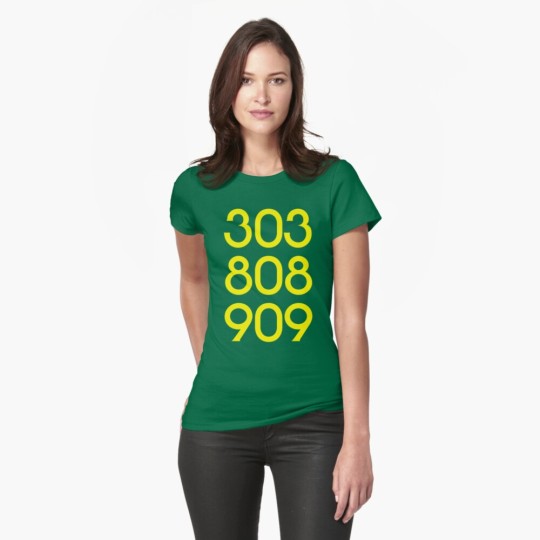
303 808 909 available from Red Bubble
0 notes
Photo

Making a 909 track on #909Day 09092022. This track is posted to my SoundCloud at https://soundcloud.com/blairhelsing/tr-909-day-2022 The machine looks good in purple light doncha think?
0 notes
Text


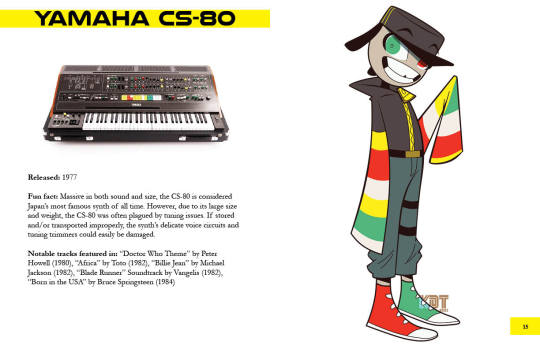


A sampling of my upcoming $5 zine called Synthesized!
It's a collection of character designs based on some of my favorite synths and drum machines, as well as some fun facts about each instrument.
Aiming for a release date in mid-to-late October, so keep an eye out 👀
#artses and fartses#original art#artists on tumblr#character design#tr 909#tr 808#moog source#yamaha cs80#fanart
25 notes
·
View notes
Photo
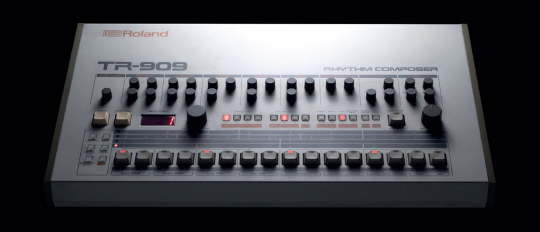

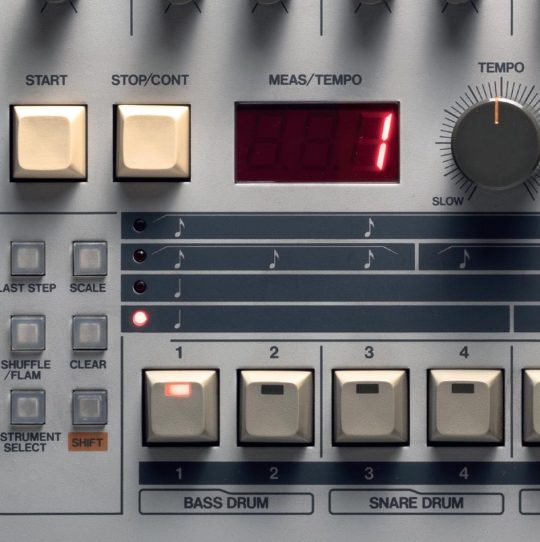

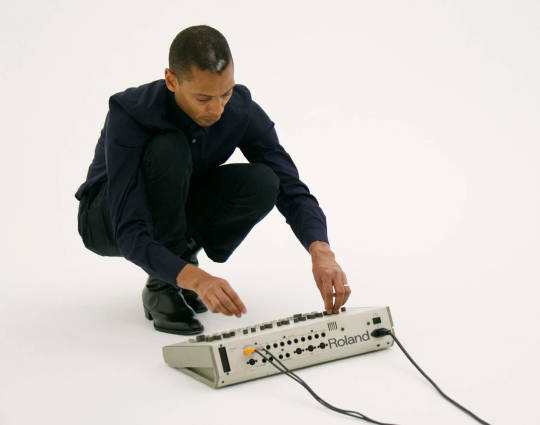
Roland TR-909 Rhythm Composer // Drum Machine (1983 !! )
#roland#drum machine#jeff mills#sexy beast#80s aesthetic#detroit techno#almost 30y old and still timeless in sound and looks i could post 909s all day
762 notes
·
View notes
Text

House is a music genre characterized by a repetitive four-on-the-floor beat and a typical tempo of 120 beats per minute as a re-emergence of 1970's disco. It was created by DJs and music producers from Chicago's underground club culture and evolved slowly in the early/mid 1980s, and as DJs began altering disco songs to give them a more mechanical beat. By early 1988, House became mainstream and supplanted the typical 80s music beat
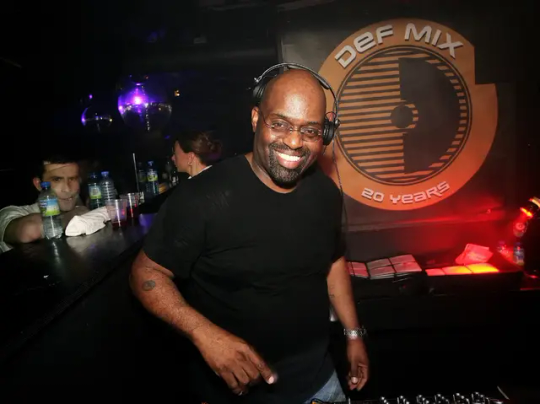
House was created and pioneered by DJs and producers in Chicago such as Frankie Knuckles, Ron Hardy, Jesse Saunders, Chip E., Joe Smooth, Steve "Silk" Hurley, Farley "Jackmaster" Funk, Marshall Jefferson, Phuture, and others. House music initially expanded internationally, to London, then to other American cities, such as New York City, and ultimately a worldwide phenomenon.

In its most typical form, the genre is characterized by repetitive 4/4rhythms including bass drums, off-beat hi-hats, snare drums, claps, and/or snaps at a tempo of between 120 and 130 beats per minute (bpm); synthesizerriffs; deep basslines; and often, but not necessarily, sung, spoken or sampled vocals. In house, the bass drum is usually sounded on beats one, two, three, and four, and the snare drum, claps, or other higher-pitched percussion on beats two and four. The drum beats in house music are almost always provided by an electronic drum machine, often a Roland TR-808, TR-909, or a TR-707. Claps, shakers, snare drum, or hi-hat sounds are used to add syncopation. One of the signature rhythm riffs, especially in early Chicago house, is built on the clave pattern. Congas and bongos may be added for an African sound, or metallic percussion for a Latin feel
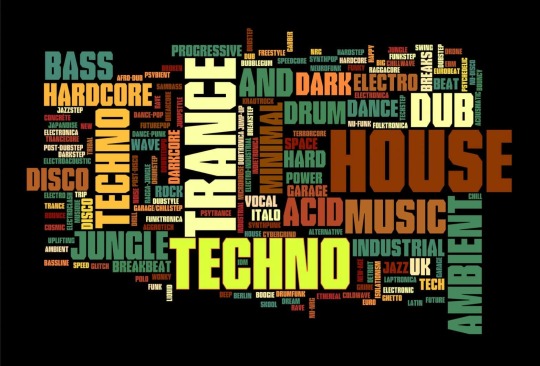
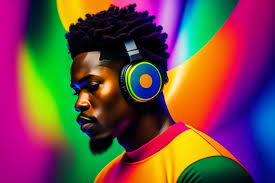
One book from 2009 states the name "house music" originated from a Chicago club called the Warehouse that was open from 1977 to 1982. Clubbers to the Warehouse were primarily African, gay men, who came to dance to music played by the club's resident DJ, Frankie Knuckles, who fans refer to as the "godfather of house". Frankie began the trend of splicing together different records when he found that the records he had were not long enough to satisfy his audience of dancers. After the Warehouse closed in 1983, eventually the crowds went to Knuckles' new club, The Power House, later to be called The Power Plant, and the club was renamed, yet again, into Music Box with Ron Hardy as the resident DJ. The 1986 documentary, "House Music in Chicago", by filmmaker, Phil Ranstrom, captured opening night at The Power House, and stands as the only film or video to capture a young Frankie Knuckles in this early era, right after his departure from The Warehouse.
In the Channel 4 documentary Pump Up the Volume, Knuckles remarks that the first time he heard the term "house music" was upon seeing "we play house music" on a sign in the window of a bar on Chicago's South Side. One of the people in the car joked, "you know that's the kind of music you play down at the Warehouse!" In self-published statements, South-Side Chicago DJ Leonard "Remix" Rroy claimed he put such a sign in a tavern window because it was where he played music that one might find in one's home; in his case, it referred to his mother's soul and disco records, which he worked into his sets

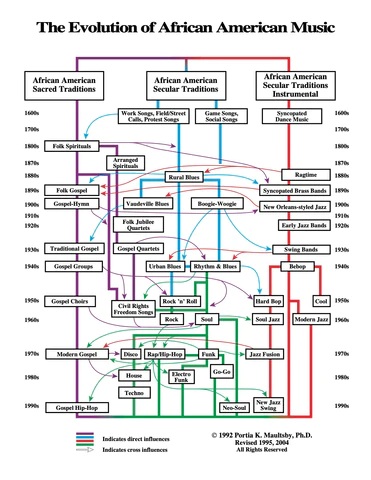
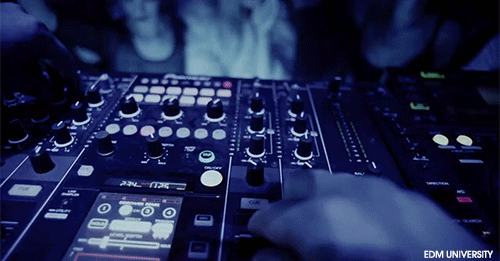
#house music#african music#chicago#african#afrakan#kemetic dreams#brownskin#africans#brown skin#afrakans#african culture#frankie knuckles#Farley “Jackmaster” Funk#dance#evolution of african american music
74 notes
·
View notes
Text
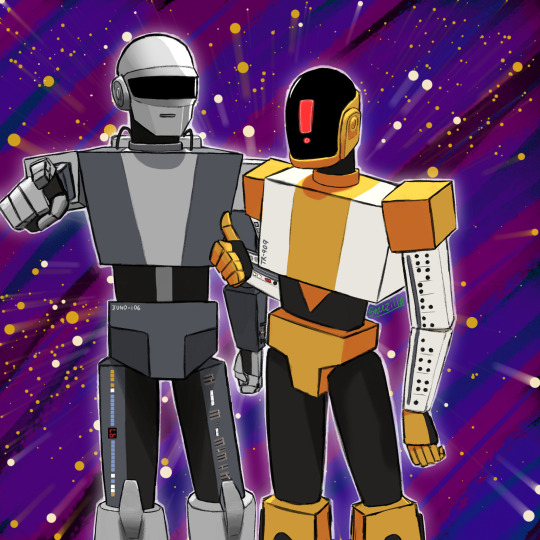
I drew this at the end of December/beginning of January and debated posting this, but figured fuck it. This is TF related.
Thomas is a Roland Juno 106 Synthesizer and Guy-Manuel is a Roland TR 909 Drum Machine. Both were used extensively in their early works. Styled in a blend of G1 and TFA!
Long rant about both DP and TF, feel free to skip!:
2023, for me, was the year of the robot. Early last year I listened to DP's entire discography, and while in the middle of listening to HAA their 10 year remaster of RAM released. Since then, the entirety of this year has been dedicated to house music.
They've always had a special place in my heart, as I was familiar with their standout hits (Get Lucky, Harder Better Faster Stronger, Robot Rock, etc.) but I never took the time to delve in deep. I finally had the time while on a trip with some friends. It's surprising how enjoyable it is to listen to Around the World while stuck in a van with others for hours at a time. Now, whenever people think about me, they think of that song. An earworm that entire week for sure.
I remember in June when they released Infinity Repeating. A friend sent me the article of it, and I remember bawling my eyes out while listening to it. Several times, in fact.
They were my number one listened to artist last year. I had almost 60k minutes listened, and out of that, I spent 7.7k of those on DP alone. Discovery was my number one album, 196 plays. While not my number one song (just missing the mark by one play), I listened to Face to Face 142 times. All of that is on apple music alone.
When I came back from that trip, I was reminded of Transformers. I, as many youngish people at the time, grew up with the Bay films. I also had the TFA game on my DS, and watched G1 a few times thanks to my little brother, but I definitely wouldn't say it was a core piece of my childhood. I binge watched the Bayverse movies, watched TFA, then TFP, then Earthspark, then G1, then intermittently read the comics (still ongoing with that one), tried watching RID 2015 (couldn't get through it, sorry) and then Cyberverse.
All in the span of a few months.
It's another thing people know me for, now. Not just in real life, but my online presence here is attached to it. In just this half a year interacting online I've met some amazing people. There's definitely other things to say, like how I know more about Transformers than my dad that grew up watching G1, or how I fondly recall painting my best friends nails while watching the 86 movie (his brother hates when men paint their nails, we wanted to prove a point).
There's so many things I could say about this year, how incredibly humbling but exciting it was, how much I've grown and learned this year.
But I want to say thank you. To both everyone I've met and everyone that's read this far. Here's to another!
11 notes
·
View notes
Text
Jonny's Drum Machines with Dudu Tassa

A screenshot of Jonny from the Jarak Qaribak album teaser video.
After seeing Jonny play Dudu Tassa's super rare Fender "Nocaster", you might expect Jonny to use a drum machine even rarer than the old CR-78. In fact, his setup is surprisingly modern and super portable. It consists of a Roland T-8 beat machine and a Moog DFAM semi-modular drum synth. Both are units with "live" panel controls. Although the Roland has preset rhythms, the knobs on both units are hard-wired: what you see is what you get. That means any "automation" needs to be dialed in by hand.
The T-8 is designed to be a portable "best of" Roland rhythm boxes, with digital emulations of the 808 kick, 606 snare, TB-303 monosynth, etc. Regardless of the technology, the kick and snare at the start of Ya Mughir al-Ghazala certainly have that "Roland' sound. Given the borrowed guitar, it seems that Jonny didn't want to travel with a bunch of gear for this project. The T-8 is certainly much smaller than the vintage TR-909 that Jonny uses with Radiohead, let alone his modular. It's easy to imagine Jonny working out some of the beats on the T-8 during his flight over.
The T-8 has a few patch points for sync, mixing, headphones, and MIDI. On both Ya Mughir al-Ghazala and Taq ou Dub, Jonny has a yellow patch cable from the "Sync Out" on the Roland to the "Adv / Clock" input on the Moog, allowing him to use the Roland as his main clock. That's convenient since the T-8 has a BPM display. Jonny also uses the mix/headphone out to send his signal to the mixer (via one of the many blue DI boxes). He's not using the MIDI input on the Roland, which means he's in full control of tempo for the group whenever he uses the drum boxes.
As you might expect from a semi-modular, the DFAM is more flexible than the Roland in the range of sounds it can create. There's a patch cable routed from what looks to be the "VCO 1" output to "Velocity" input, adding some extra movement to the sound. Jonny devotes himself to the device on Taq ou Dub, only taking his hands off the device to play a few brief guitar arpeggios (and to adjust the Roland's hihat). It's worth noting that Jonny's DFAM is fitted with one of the "preset" overlays that come stock in the box with the unit. The youtube channel "Kilombo audio" made a demo of all the preset sounds, if you want to guess which overlays Jonny might be starting from.
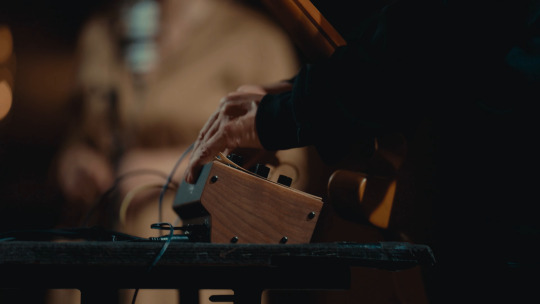
In this screenshot from Taq ou Dub, the bend edge of an overlay on the DFAM is clearly visible.

Jonny adjusting the "VCA Decay" control during Taq ou Dub. Not the blue patch cable connecting the DFAM's "VCO 1" output to "Velocity" input — that's one way to add some automation.
24 notes
·
View notes
Text
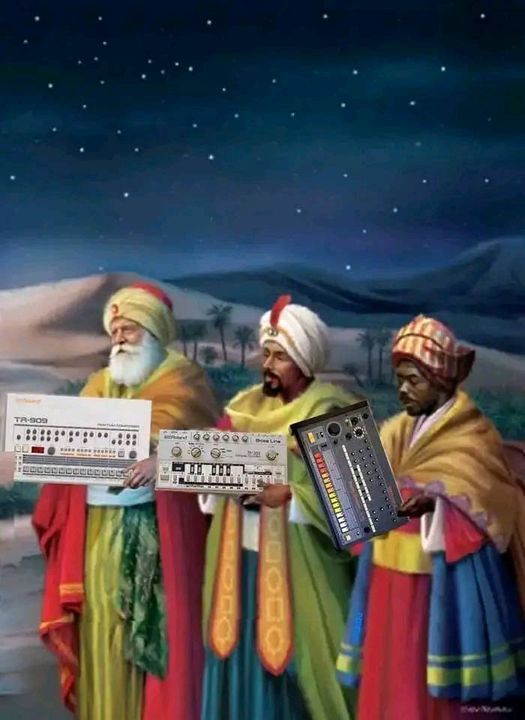
Merry Christmas to you
19 notes
·
View notes
Text

alec empire's tr-909 voted most erotic piece of technology 20 years in a row
20 notes
·
View notes
Audio
“It felt very awkward being in the same studio with Bruce Swedien, the guy responsible for recording all the Michael Jackson albums, and wondering what this guy is thinking about both our song and my singing. We had just gone out and bought a new TR-909 drum machine to use on the session. But, it never made it on to the recording because Bruce said it sounded like ‘doggy doo-doo’. I think even non-musicians can understand his ‘musical’ terminology, That very same drum machine which didn’t pass the Swedien inspection later became “the” machine of choice on at least half the dance records made in this decade” - Russell Mael
25 notes
·
View notes
Note
roland tr-909 open hi-hat sound effect but bitcrushed to 22050Hz
understanding this.
6 notes
·
View notes
Text
1983: roland releases the tr-909 drum machine
1989: the berlin wall falls
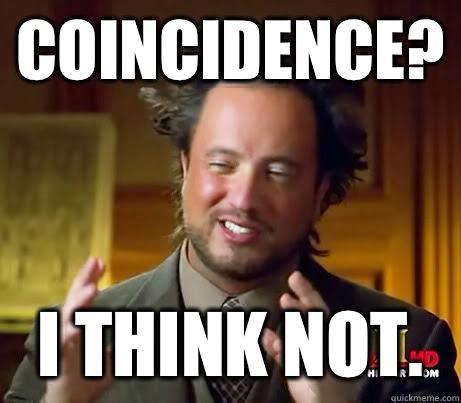
10 notes
·
View notes